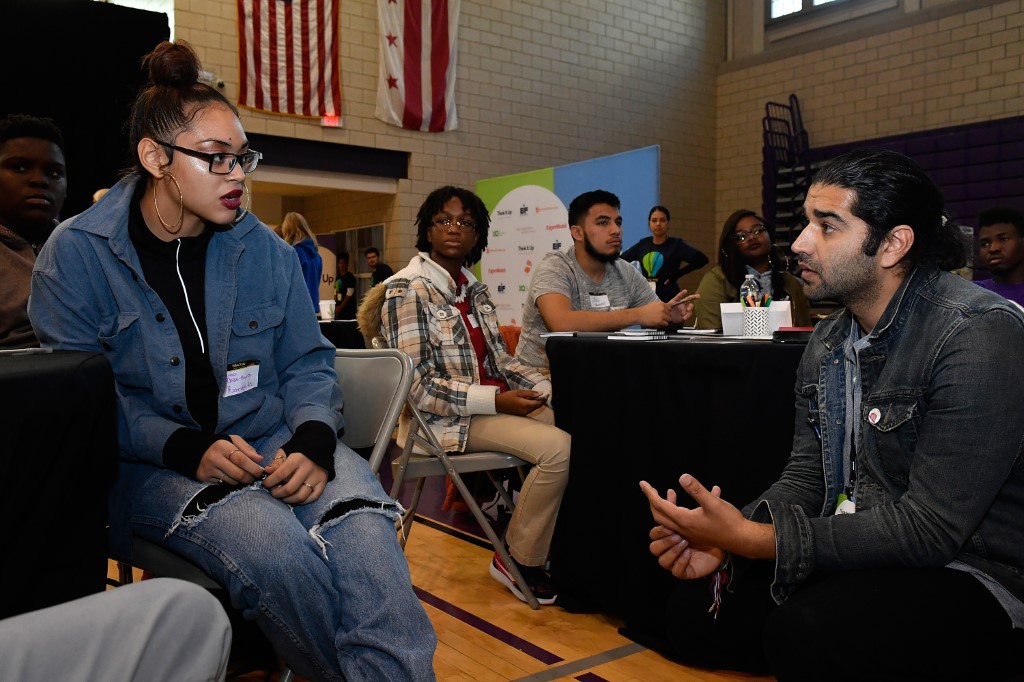Some of us may have a tendency to be passive aggressive in our daily lives. Saying yes when we mean no can be a normal response for many people.
Often this is something that is learnt from childhood as a coping mechanism to get our needs met, especially when dealing with domineering or volatile people whether it’s a parent or later on in life, a significant other.
A better way of handling things is to be assertive. An assertive person is neither passive nor aggressive but is able to communicate honestly and get their needs understood and met at the same time. It is a measure of authenticity as well.
Assertive people have a good sense of self-worth and are able to have healthy parameters. Their communication style is effective, clear and direct, with no hidden agenda.
The phrase assertive however has often mistakenly been thought of as aggressive which isn’t the case at all. Unfortunately in both schools and workplace situations compliance has been emphasized over direct expression or opinions and this is partly due to not understanding what is required in order to be assertive.
An assertive request should always be clear
In some cultures particularly in Asia it is seen as rude to make a request directly and people often end up not being able to say what they mean. But it’s important to form the habit of being polite and tactful and yet being able to make a straight forward request in a non roundabout way.
Collaborate
A confident person likes to collaborate and has no problem with team work. Being assertive is neither being passive nor aggressive. If you’re passive and don’t say what you mean, you end up being overly submissive and if you’re aggressive with your views and don’t accept other people’s opinion you come across as a bully and a domineering personality. Both are unacceptable and will never serve you in the long run.
Being assertive is expressing yourself without being passive or aggressive and gives you the best chance of getting your needs met.
Communicate effectively
This isn’t only about verbal communication but your body language should also be open and friendly. Make sure you’re congruent in your words and tone. If something is on your mind, voice it out and if you have a request say it confidently. Smile or keep a neutral expression when possible, make eye contact and be clear.
Agree to disagree
Understand that not everyone will agree with you, in fact many may disagree and that’s ok. Being assertive doesn’t mean only your opinion should work, understand and accept other people’s point of view as well. Don’t let differences get you riled up. In fact go the extra mile to see where the other person is coming from and this will help you understand why they’re saying what they’re saying.
Listen patiently
Don’t interrupt when another person is speaking, listen patiently and hear them out until they’re done no matter how obvious their point is. Make sure when you speak you don’t make others feel small or wrong. Don’t go off tangent and be as concise as possible.
Say I instead of you and speak calmly
Pepper your sentences with an “I feel” or “I think” instead of you never ….. which often comes across as hostile or accusatory. It also helps people feel included instead of making them shut down.
People who speak passionately sometimes seem overly excitable or aggressive. Learn to express yourself calmly and this also helps the person you’re addressing to feel relaxed. Calm speech begets composed people.
Have parameters
Make sure to set some boundaries on what you will or will not accept. Don’t be a doormat but also don’t be a bully. A happy middle ground is what you need to strive for and setting boundaries will allow you to know when to draw the line.
Assertiveness isn’t something that happens overnight, it takes experience and time. Remember practice makes perfect.

